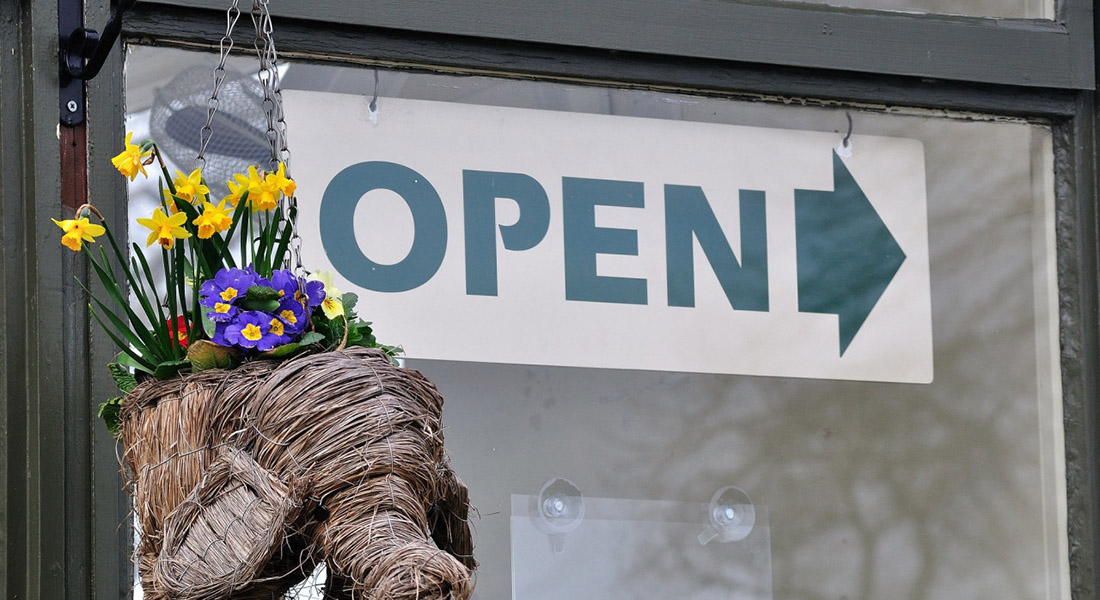Innovative Disruption Is Not What It Appears
I just finished Loonshots by Safi Bachall and it has become one of those books that really altered my point of view. I have labored under the idea for years that disruption is something that is intentional and planned. I could not have been more short-sighted about how real disruption actually happens.
“Innovation isn’t an activity, it’s an environment.”
Sam Walton didn’t disrupt the entire retail industry because he had a better idea, but rather because his landlord cheated him out of his Ben Franklin store lease and his wife didn’t want to move to a large city. Sam realized in tiny Bentonville, Arkansas that most small towns were highly underserved by retail and therefore paid much higher prices than places with more competition. Sure, there were many other things that had to happen for Walmart to become the world’s largest retailer like an early investment in technology but Sam created an environment where innovation could flourish. More importantly, innovation did flourish at Walmart did because the smartest people in the room didn’t constrain it, the people on the front lines who knew the most about its shoppers made the decisions. This culture is still serving it well as it transitions to multi-modal shopping where the store serves more functions than a physical shop.
The COVID-19 crisis is bringing about an accelerated timeline for disruptive change. Specifically, industries that were under transition are now in a full-fledged phase of massive disruption. Retail and media, two industries that are deeply entwined are some of the most aggressively impacted. 17 retailers entered bankruptcy last year and that number is likely to triple this year. Similarly, M&A in media and advertising is reshaping the landscape as the ad-driven model continues to be supplanted by shifts in attention (Facebook) and changes in consumption (Amazon/Netflix). Media has been in structural change since the launch of CNN and the rapid oversupply of news. CNN and Fox realized the only way to keep people engaged was broadcasting clickbait. They both carved out niches that are highly loyal and provide a consistent base for their business. Did they set out to become screaming matches for specific political POVs? Doubtful, but they survive while many others have fallen by the wayside.
Like oil, there is way more supply of media than demand. Also like Oil, the crisis has exacerbated the problem and it is also spawning alternatives to have a field day as suppliers compete harder for falling demand. Jimmy Fallon has transitioned to a home-based format for the Tonight Show and meanwhile, John Krasinski has created his own show, Some Good News which is developing a huge audience. The NFL crushed its draft which has become a huge media event in its own right with endless Twitter conversations about different draft broadcasting setups. I would argue that the glimpses into the personal lives of the draft participants were infinitely more interesting than the standard audience setup. Same with Fallon, there is a realness that feels similar to the intimacy that we all now know from social media content creation. The perfectly produced show was already declining, these innovative disruptions driven by the crisis are hastening their demise.
During this time, new media models have become critical to survival for many. Like the Tonight Show, remote broadcasting has become a necessity. What is more interesting to me is the rapid integration of participative media during this time. The NFL was already way down the road of the embrace of its fans via Twitter and other social media channels, the remote Draft participation exploded this practice. The real challenge for media will be tens of thousands of other models developing during this time. Already over-supplied, media is going to pull forward a whole new tranche of supply that people are discovering during this time.
Here’s a great example. Twitch, the wildly popular gaming broadcast network where people watch other people play video games is expanding into other genres (Yes people watch other people play video games). I have been ‘watching’ WallStreetBooyah on Twitch. The ‘Not Financial Advice’ show is a great combination of live financial market happenings, community discussion, games of marbles (a Twitch game) and randomness. Guests join the show for market insights that are usually industry workers vs. market analysts and the daily market close is epic with live feeds from other Twitch channels (usually music) and then a channel raid to end the day. I fell like I am watching the future of media when I watch this show which I now keep running in the background throughout the day.
I fully expect this integrated broadcast model to challenge the formality of live shows that are still mostly one-way conversations. What makes WallStreetBooyah appealing is its approachability and multimode delivery. It is literally built for the way we consume media today which is via several channels at once. Like the NFL draft which was literally the top ten Twitter trends at once, media is participative, many to many and NOT the manna from on high delivered from Jim Cramer on CNBC. Jim is great but often a market cheerleader. Sometimes it’s nice to hear that markets aren’t always the answer and that they are mostly fixed by the major players of which Jim is a friendly voice. WallStreetBooyah is built for a new generation of investors supported by Robinhood and Coinbase to effortlessly and cheaply participate in markets on a self-guided basis. It makes sense that this crowd would also seek and CREATE its own media. The creation part is part of the DNA of the way younger generations communicate.
“The innovative disruption for media is people.”
They create content in order to participate in conversations not just receive information. This brings me to the point, (finally, I know). The innovative disruption for media is people. This has been growing for years now via influencer marketing, content creation via Instagram and YouTube and on a scaled basis with Snapchat and TikTok. Few in the industry truly grasp that the oversupply of content is growing exponentially and the ability to manage and control attention is falling in response. The value of media itself declines in response and paid ads are a fading model. Furthermore, the proliferation of content creators is creating vast new opportunities for more personal and localized media models. Amazon didn’t set out to be a media company but its ad revenue already ranks it as a top 10 supplier.
Companies of all types can take advantage of the innovative disruption being created by the content creation generation (note, constant content creation isn’t limited to gen Z, they are just the leaders in adoption). Employee Created Content (ECC) can fundamentally reshape the way marketing connects with people outside of traditional brand channels. By providing tools, training and support, many new models will evolve from ECC, most won’t be planning but rather they will evolve in concert with other marketplace dynamics that are already underway. Companies that have ECC networks have a huge advantage in communications over competitors that don’t have the capability to do the same. Whether building relationships, communicating current business status or extending corporate communications through personal networks, ECC is helping businesses navigate through this crisis through their employees.
At Photofy we don’t imagine that we are industry disruptors for media but rather we are an enablement platform for marketers to innovate their current media mix into something more relevant for their customers. As media dollars become increasingly efficient in traditional channels and models, we believe this is one of many innovative disruption models that will help leaders navigate a sea of change.


